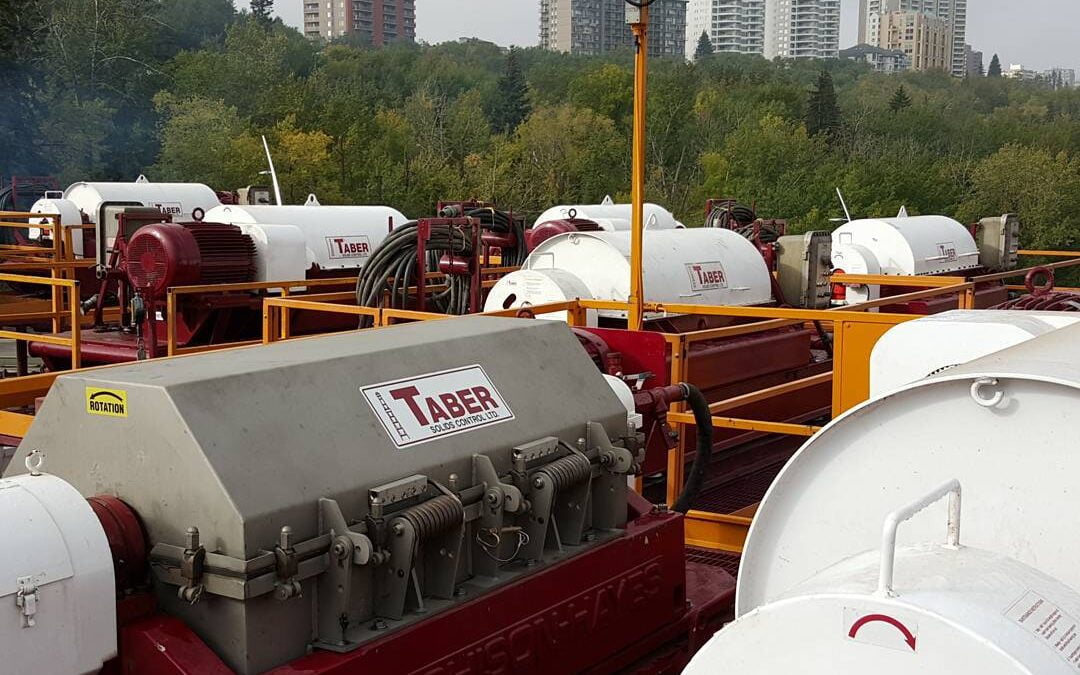Sewage disposal is one of the most critical processes in any building. The health of people and the environment depend on effective and safe ways to dispose of and treat waste.
For decades, the focus has been on handling wastewater to reduce waterborne diseases and to find safe ways to put the solid matter back into the environment. Reliable equipment currently exists that can do this process well with improvements continually made to enhance surface water and wastewater infrastructure.
Sludge dewatering centrifuges is fundamental to adequate municipal waste water treatment. Residents, business management, and government officials should learn how they work along with their strengths and weaknesses.
What is sludge dewatering centrifuge?
A sludge dewatering centrifuge uses a quick rotation of a cylindrical bowl to separate waste water liquid from solids. The waste water centrifuge dewatering method extracts more water than other methods can and leaves solid material behind called cake. Dewatering means less tank space is required to collect waste products.
There are numerous advantages and disadvantages to centrifugation in waste water treatment.
Advantages
The centrifuge method has many benefits. Private contractors report saving approximately 75% on transport costs and roughly 80% on disposal costs after switching to the sludge centrifuge process of dewatering. You can have the equipment close to the contractor’s base of operation, allowing for more convenience and improved productivity.
The cake created by this method is straightforward to move to a landfill, or it can be combined with green waste and composted. You can use the filtrate on the soil during a drought, recycle and use it through a jetting system or discharged it to a foul system.
Disadvantages
This system does have some limitations, including noise issues, high wastewater treatment energy consumption and the need for a standby unit.
While maintenance demands are minimal, they are specific, which can cause delays and other challenges.
Difference Between Centrifuge and Filter Press
A filter press has an entirely different layout than a centrifuge, with the waste products stuffed into a hopper where the sludge gets pressed between two filter fabrics. With the help of gravity, rollers remove the fluid from the press. The filtrate then goes out a drain, where the solids are put into a container.
Centrifuges do require less to operate and provide lower cake moisture content, but you can start and shut down filter presses quickly and more quietly. They also are dependable and easier to maintain than a centrifuge because they require less specialized care.
To figure out the right treatment systems for your needs, contact the waste water treatment consultants at Taber Solids Control. Our services include sludge dewatering applications, clarification, odour control, phosphorus removal and lagoon desludging.
We provide the latest treatment methods and technology for clients in a variety of industries. Our team has the experience and knowledge to address any treatment challenge. For more information on our services,

